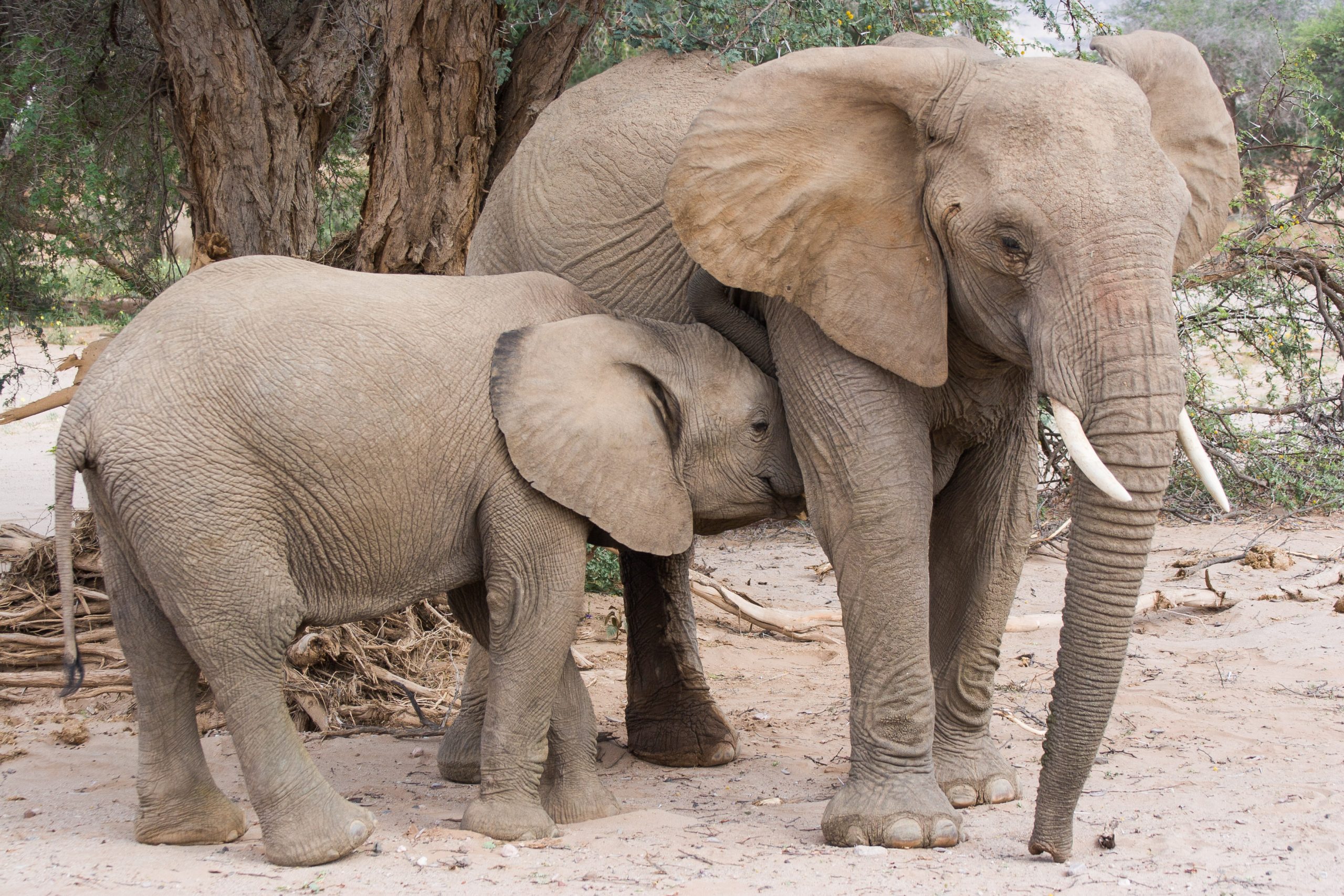In several cartoons, mice frightened elephants so much that the stereotype became entrenched in popular culture. We checked how animated reality compares with reality.
The stereotype that a tiny rodent can easily frighten a huge elephant has become entrenched largely thanks to popular culture. In the 1941 Disney classic Dumbo, a whole group of elephants runs up in different directions, barely seeing Timothy the mouse. In 1960, the short film Goliath II about a naughty baby elephant was released, with a scene from Dumbo. practically copied. However, animators are very selective in how to show the “relationship” between elephants and mice - they may well even be friends, as, for example, in one from the Mickey Mouse series or episode "Tom and Jerry".
The roots of the prejudice about the special relationship between elephants and mice probably go back to Antiquity. Pliny the Elder in his Natural History wrote: “Of all animals, elephants hate mice most of all, and if they see that a mouse has touched the food in their stall, they refuse it with disgust.” As is easy to see, we are not talking about fear at all, but about a completely different feeling - disgust. Some sources indicate that the stereotype comes from a Greek fable about how a mouse climbed into an elephant’s trunk, which seriously frightened him. However, we were unable to find such a fable. Perhaps the authors of this statement mean fable Aesop's "The Rat and the Elephant", but this text does not say anything like that.
In 2007, the hosts of the famous TV show “MythBusters” went to Africa to see with their own eyes seehow elephants react to mice. For the experiment, they took a ball of dried elephant dung, made a hole in it, hid a rodent there and tied the ball to a rope. When the elephant approached the “trap,” the leader pulled the rope and a mouse appeared right in front of the elephant. The broadcast showed twice how the animal stopped in such cases and avoided the “trap.” When the presenters repeated the experiment without the mouse, the elephant ignored the movement of the ball of dung. The presenters rendered a verdict regarding the authenticity of the myth: “plausible,” that is, “probably, not excluded.” “MythBusters” was embarrassed that they did not see any signs of fear in the elephant’s behavior: “It was not a stampede, like in the cartoons, but he behaved cautiously and cautiously.”
If you believe researcher elephants to John Plotnik, the results of the experiment would hardly have differed from those obtained if another small animal had been used instead of a mouse. Expert notesthat elephants react not to a specific animal, but to a sudden movement, because due to poor vision they cannot quickly understand whether to expect danger, and play it safe. Elephants can behave in a similar way, for example, when suddenly squirrels or goats. According to Plotnik, an elephant can be frightened by “anything moving near it.”
The fact that mice do not cause special feelings in elephants was confirmed by another experiment. His spent in 2006, circus trainer Troy Meltzer held a mouse up to elephants to see how they would react. Meltzer’s charges did not pay any attention to the rodent: it turns out that at least elephants are not afraid of mice in a static position, and no more afraid of moving ones than other small animals. What elephants really fear is bees and some types ants, whose bites can damage the delicate mucous membrane of the trunk.
Mostly not true
If you find a spelling or grammatical error, please let us know by highlighting the error text and clicking Ctrl+Enter.







